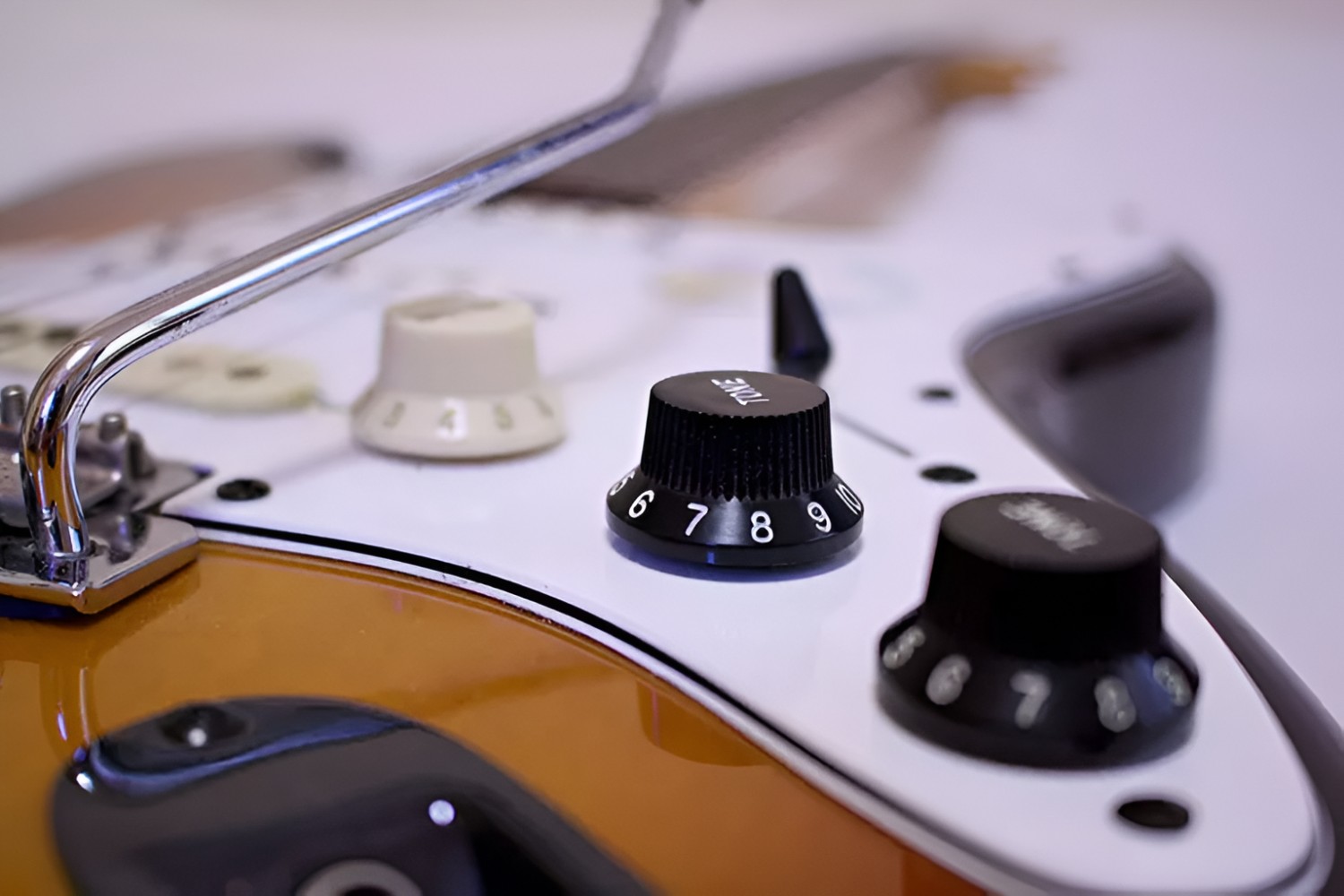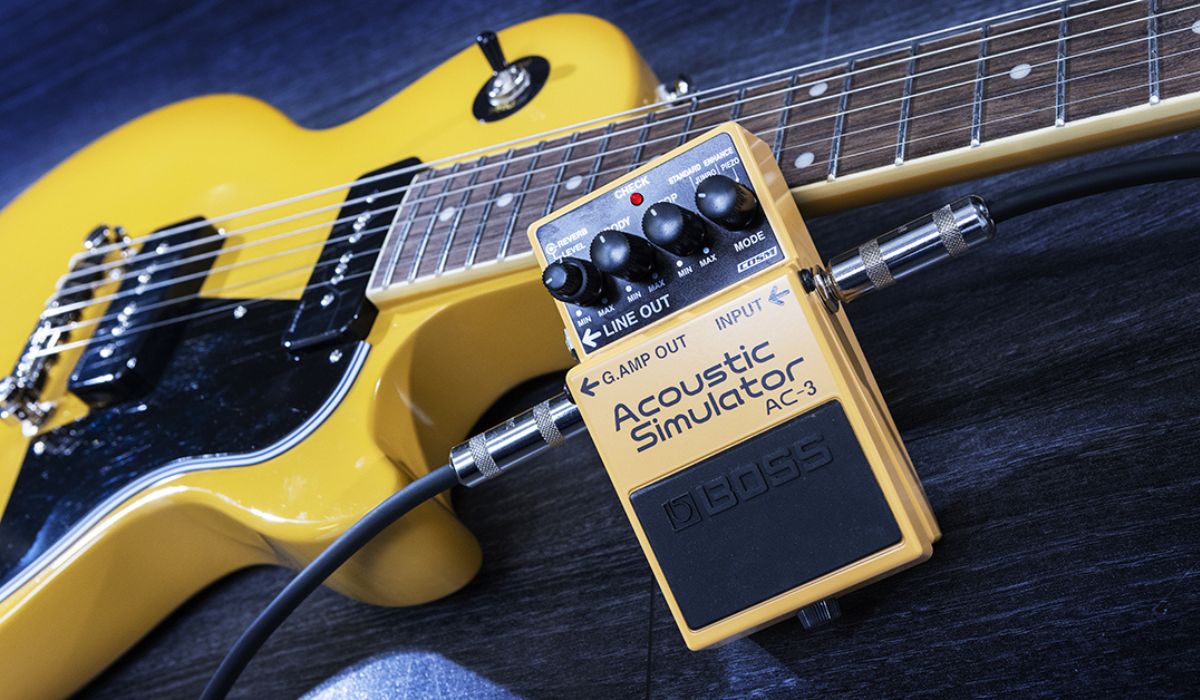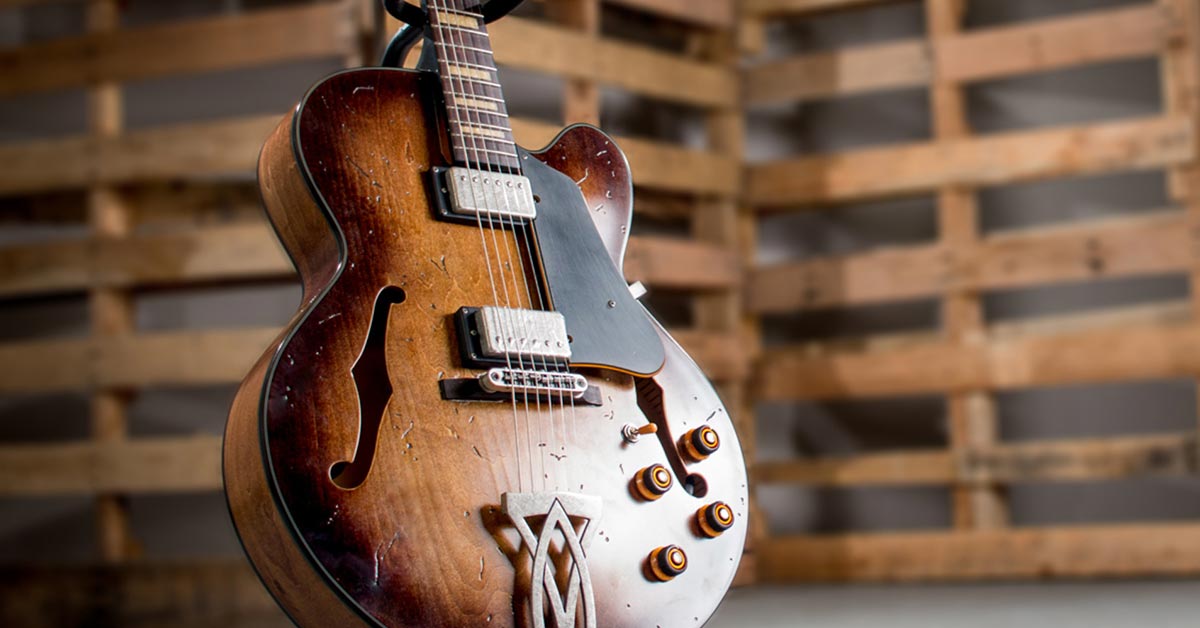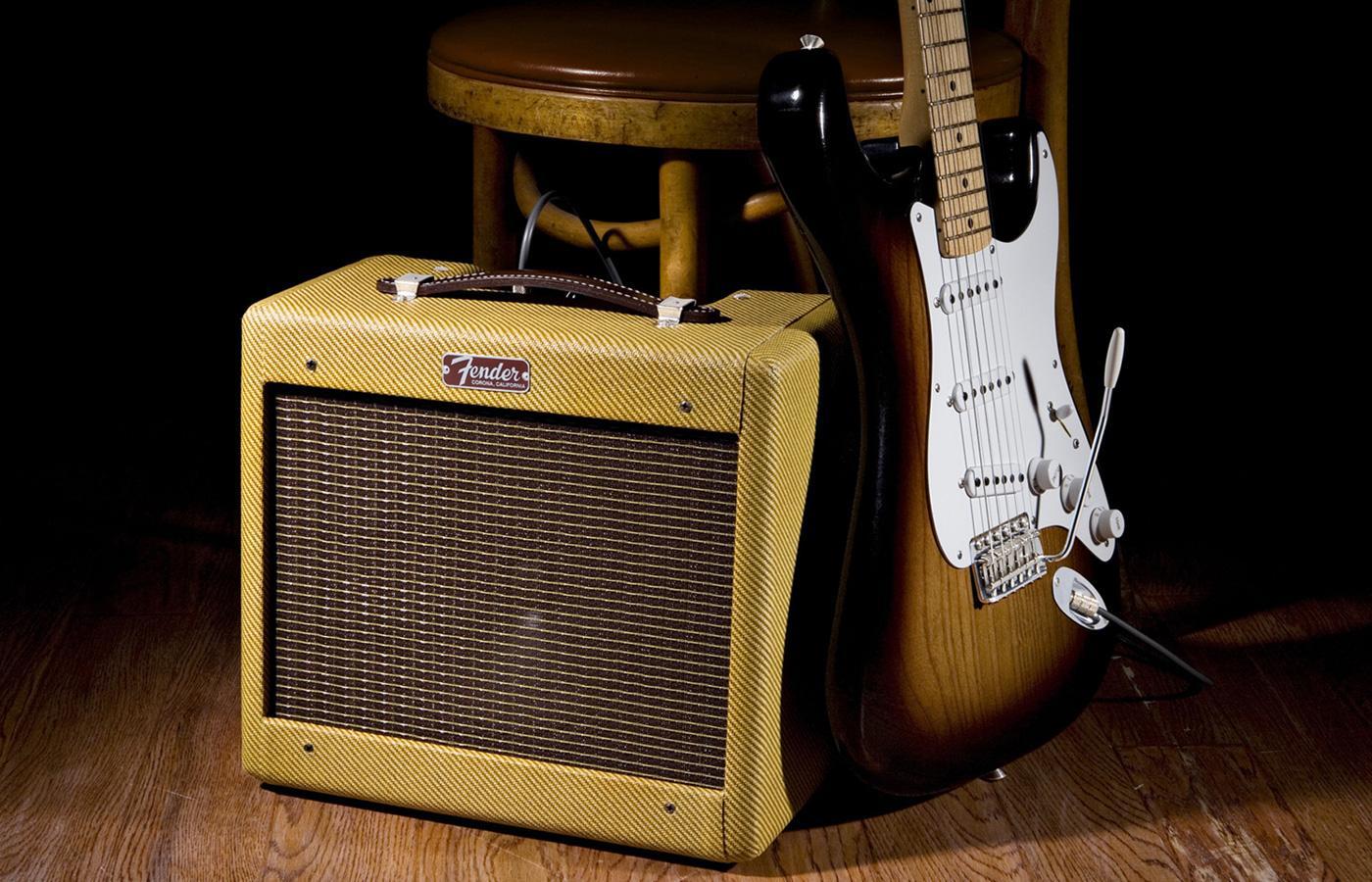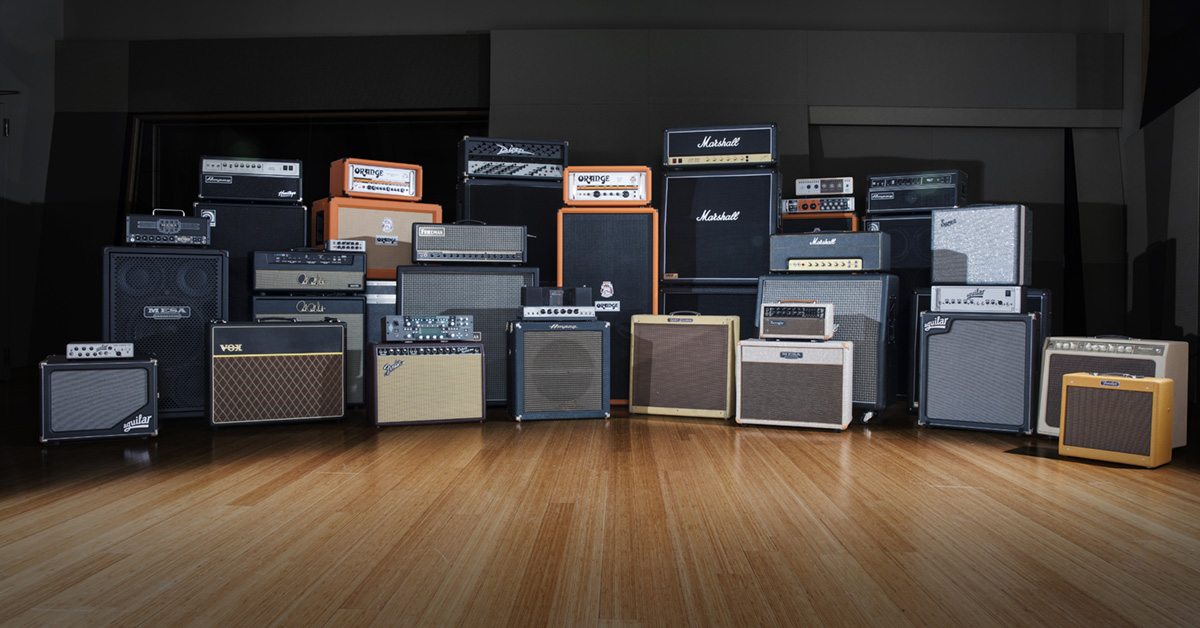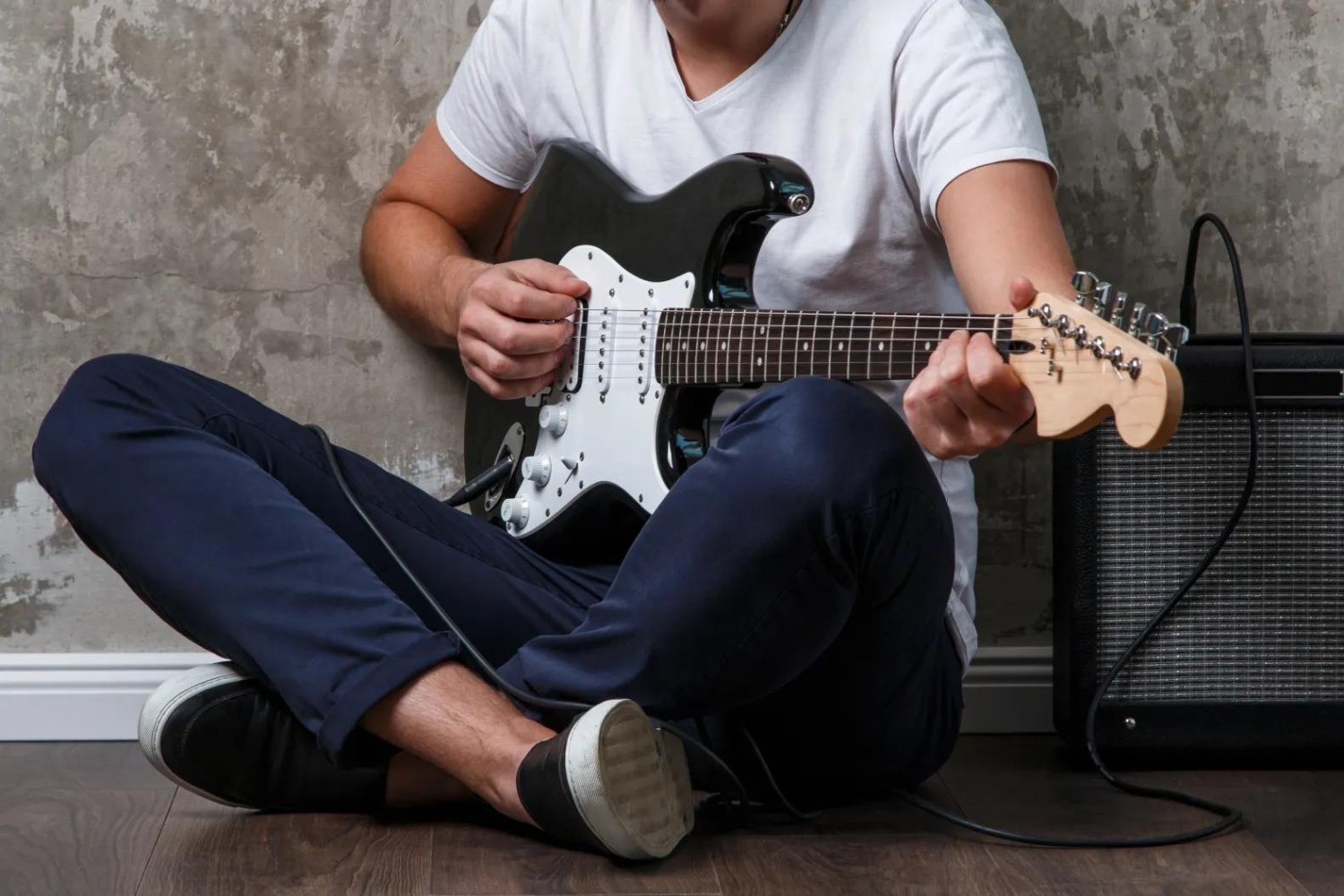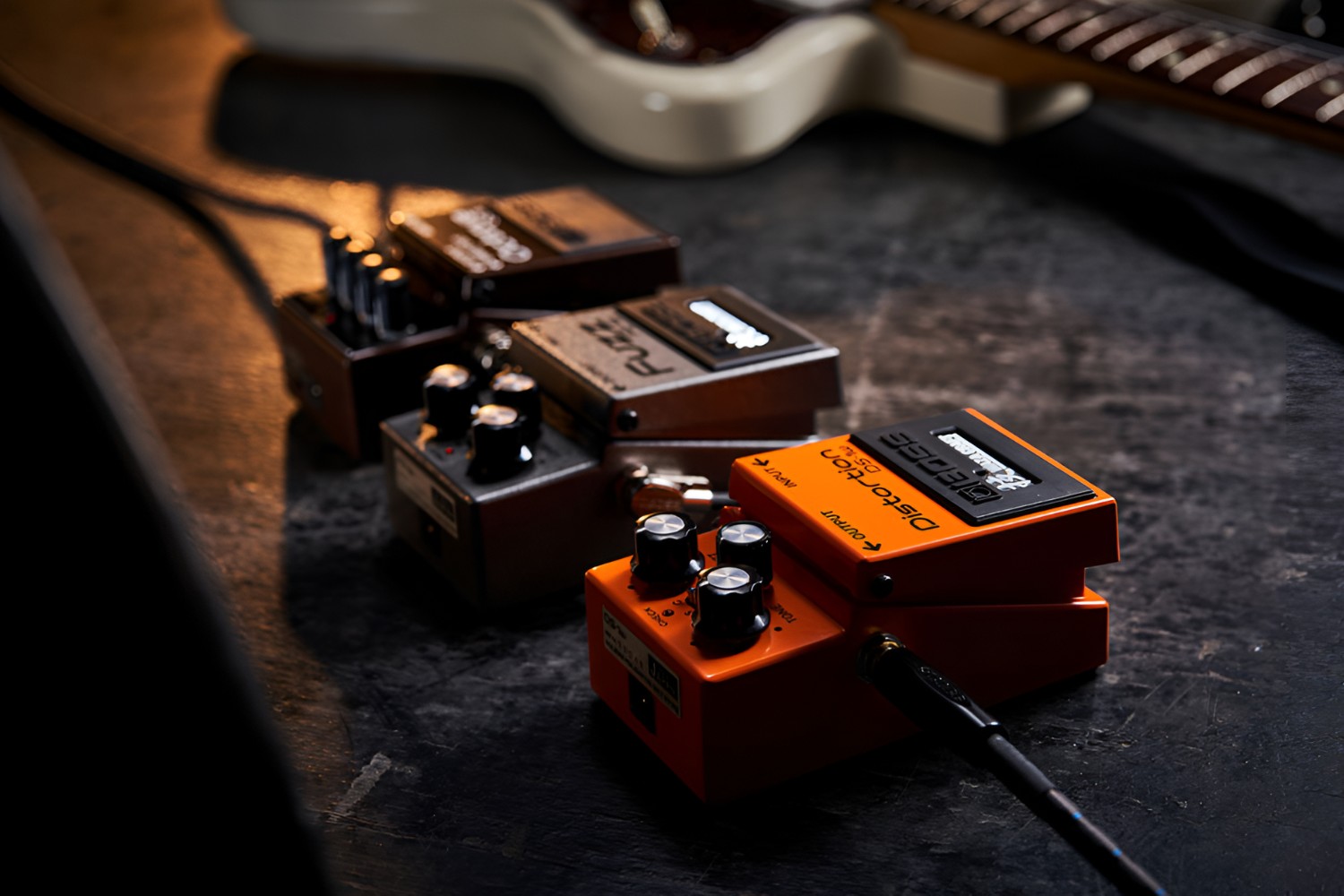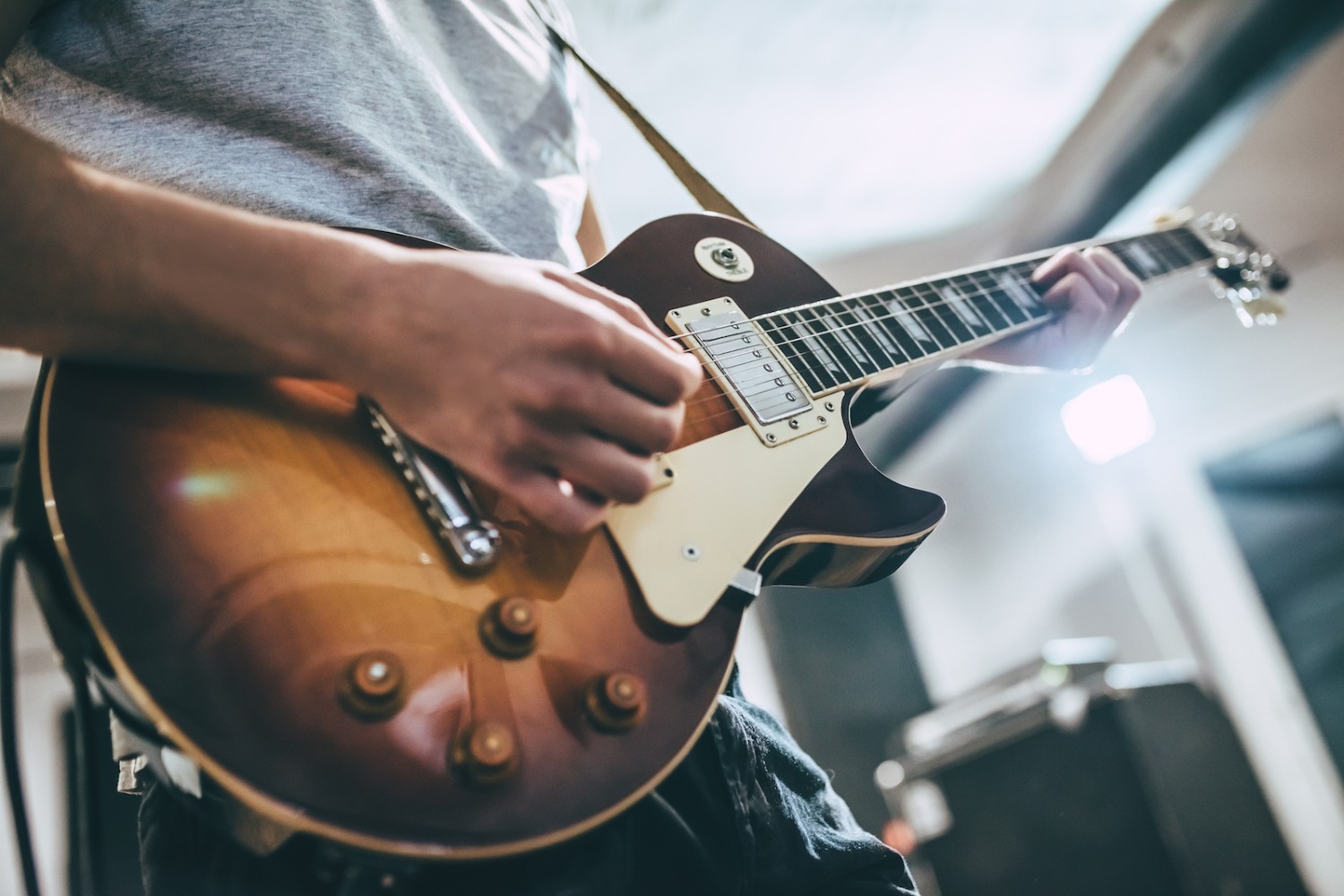Introduction
When it comes to achieving the perfect electric guitar sound, understanding how to set the knobs on your amp is crucial. The amp’s settings can significantly impact the tone and overall performance, making it essential for guitarists to grasp the functions of each knob and how they influence the sound produced. Whether you’re a seasoned musician or just starting your musical journey, mastering the art of amp knob adjustments can elevate your playing experience and help you achieve the desired sound for your performances or recordings.
Each knob on your amp serves a specific purpose and can be adjusted to tailor the sound to your preferences. From gain and tone controls to master volume settings, every knob plays a vital role in shaping the sonic characteristics of your electric guitar. By understanding the impact of each knob and how they interact with one another, you can unlock a world of sonic possibilities and unleash the full potential of your instrument.
Throughout this guide, we will delve into the intricacies of amp knob settings, providing insights into gain, bass, mid, treble, presence, and master volume. By the end of this journey, you will have a deeper understanding of how to manipulate these controls to achieve the desired tonal qualities, empowering you to create captivating music that resonates with your unique style and artistic vision.
Gain
Gain, often labeled as “drive” on some amplifiers, controls the amount of distortion in your guitar’s signal. It’s a pivotal knob that can take your sound from clean and pristine to gritty and overdriven. When setting the gain, consider the style of music you’re playing and the desired level of distortion. For genres like blues and classic rock, a moderate gain setting can add warmth and grit to your tone, while higher gain settings are ideal for heavier genres such as metal or hard rock, delivering a more aggressive and saturated sound.
At lower gain settings, your guitar’s notes will retain clarity and definition, with just a touch of breakup as you dig into the strings. As you increase the gain, the sound becomes more saturated and compressed, resulting in a thicker, more aggressive tone. It’s important to strike a balance, as excessive gain can muddy the sound and lead to a loss of articulation, while too little gain may result in a lackluster, uninspired tone.
Experimenting with the gain knob can uncover a spectrum of tonal possibilities, allowing you to dial in the perfect amount of distortion for your playing style and musical genre. Additionally, the interaction between the gain and volume knobs can significantly impact the overall sound, so it’s worthwhile to explore how these controls complement each other to achieve your desired sonic characteristics.
Bass
The bass knob on your amplifier is responsible for controlling the low frequencies in your guitar’s signal. Adjusting the bass knob allows you to tailor the depth and richness of your sound. Increasing the bass can add warmth and fullness to your tone, making it ideal for genres that require a thick, powerful sound, such as reggae or heavy rock. On the other hand, reducing the bass can result in a tighter, more focused sound, which may be preferable for genres like funk or certain styles of metal where clarity and articulation are paramount.
It’s important to strike a balance when adjusting the bass, as an excessive boost in low frequencies can lead to a muddy, indistinct sound, while too little bass can result in a thin, brittle tone. Understanding how the bass knob interacts with the mid and treble controls is crucial for achieving a well-rounded and balanced sound. Experimenting with different bass settings in conjunction with the other tone controls can help you sculpt a sound that complements your playing style and musical preferences.
Keep in mind that the optimal bass settings can vary depending on factors such as the type of guitar, the pickup configuration, and the acoustics of the performance or recording environment. Therefore, being attentive to the nuances of your instrument’s sound and making subtle adjustments to the bass knob can yield significant improvements in the overall tonal quality of your guitar.
Mid
The mid knob on your amplifier controls the midrange frequencies in your guitar’s signal, playing a pivotal role in shaping the overall tonal characteristics. Adjusting the mid knob allows you to emphasize or attenuate the midrange frequencies, which can profoundly impact the clarity, presence, and character of your sound. Finding the ideal midrange settings is essential for creating a balanced and articulate tone that suits your playing style and musical genre.
Increasing the midrange can add punch and definition to your sound, making it suitable for cutting through a mix in a band context or adding clarity and articulation to solos. On the other hand, reducing the midrange can result in a smoother, more mellow sound, which may be desirable for rhythm playing in certain genres or for achieving a vintage, “scooped” tone reminiscent of classic rock recordings.
Understanding how the mid knob interacts with the bass and treble controls is crucial for achieving a well-rounded and balanced sound. Experimenting with different midrange settings in conjunction with the other tone controls can help you sculpt a sound that complements your playing style and musical preferences. It’s important to note that the optimal midrange settings can vary depending on factors such as the type of guitar, the pickup configuration, and the acoustics of the performance or recording environment.
By carefully adjusting the mid knob, you can tailor your guitar’s sound to suit a wide range of musical styles and performance contexts, allowing you to express yourself with a tone that resonates with your artistic vision.
Treble
The treble knob on your amplifier controls the high frequencies in your guitar’s signal, allowing you to adjust the brightness and clarity of your tone. By manipulating the treble knob, you can shape the presence and sparkle of your sound, making it an essential tool for achieving the desired sonic characteristics for your playing style and musical genre.
Increasing the treble can add brightness and articulation to your sound, making it ideal for genres that require a cutting, defined tone, such as country, surf rock, or certain styles of metal. On the other hand, reducing the treble can result in a warmer, smoother sound, which may be preferable for jazz or blues playing, where a mellower, more rounded tone is desired.
It’s crucial to find the right balance when adjusting the treble, as excessive brightness can lead to a harsh, piercing sound, while too little treble can result in a dull, lackluster tone. Understanding how the treble knob interacts with the bass and mid controls is essential for achieving a well-rounded and balanced sound. Experimenting with different treble settings in conjunction with the other tone controls can help you sculpt a sound that complements your playing style and musical preferences.
Keep in mind that the optimal treble settings can vary depending on factors such as the type of guitar, the pickup configuration, and the acoustics of the performance or recording environment. Therefore, being attentive to the nuances of your instrument’s sound and making subtle adjustments to the treble knob can yield significant improvements in the overall tonal quality of your guitar.
Presence
The presence knob on your amplifier controls the higher midrange and treble frequencies, adding a sense of airiness and definition to your guitar’s sound. This control is particularly useful for shaping the overall clarity and projection of your tone, allowing you to fine-tune the high-frequency response to suit different playing environments and musical styles.
Increasing the presence can enhance the articulation and brilliance of your sound, making it ideal for cutting through a dense mix or adding shimmer to clean tones. On the other hand, reducing the presence can result in a more subdued, rounded sound, which may be preferable for achieving a vintage, warmer tone or for toning down excessive brightness in certain playing situations.
Understanding how the presence knob interacts with the other tone controls, such as treble and mid, is crucial for achieving a balanced and well-defined sound. Experimenting with different presence settings in conjunction with the other tone controls can help you sculpt a sound that complements your playing style and musical preferences. It’s important to note that the optimal presence settings can vary depending on factors such as the type of guitar, the pickup configuration, and the acoustics of the performance or recording environment.
By carefully adjusting the presence knob, you can tailor your guitar’s high-frequency response to suit a wide range of musical styles and performance contexts, allowing you to achieve a tone that resonates with your artistic vision and musical expression.
Master Volume
The master volume knob on your amplifier controls the overall output level of the amp. It allows you to adjust the volume without significantly affecting the tone, providing flexibility in achieving the desired sound levels for different performance settings. Understanding how to utilize the master volume effectively can empower you to manage the amp’s output while maintaining the integrity of your carefully crafted tone.
When setting the master volume, consider the balance between achieving the desired sound level and preserving the tonal characteristics of your amp. Lower master volume settings can result in a cleaner, more pristine sound, while higher settings can introduce natural compression and saturation, adding warmth and depth to your tone. Understanding the interaction between the master volume and gain controls is crucial, as it can significantly impact the overall dynamics and responsiveness of your sound.
It’s important to experiment with different master volume settings to find the sweet spot that suits your playing style and performance requirements. Additionally, being mindful of the amp’s power rating and the venue’s sound regulations can guide you in adjusting the master volume to achieve optimal sound levels without compromising the tonal quality.
By mastering the art of setting the master volume, you can harness the full potential of your amplifier, delivering a captivating and well-balanced sound that resonates with your audience while providing you with the expressive dynamics necessary for your musical performance.
Conclusion
Understanding how to set the knobs on your electric guitar amplifier is a crucial aspect of shaping your desired tone and sonic characteristics. Each knob, from gain and tone controls to master volume settings, plays a pivotal role in sculpting your sound and influencing the overall performance of your instrument.
By delving into the intricacies of gain, bass, mid, treble, presence, and master volume, you gain a deeper understanding of how these controls interact and impact the tonal qualities of your electric guitar. Experimenting with different settings allows you to unlock a world of sonic possibilities, empowering you to tailor your sound to your unique style and artistic vision.
Whether you’re aiming for a warm, overdriven blues tone, a tight and punchy metal sound, or a sparkling clean tone with pristine clarity, mastering the art of amp knob adjustments provides you with the tools to achieve your sonic aspirations. Moreover, being attentive to the nuances of your instrument’s sound and making subtle adjustments to the amp’s knobs can yield significant improvements in the overall tonal quality of your guitar.
As you continue to explore the intricacies of amp knob settings, remember that the optimal settings can vary depending on factors such as the type of guitar, pickup configuration, and the acoustics of the performance or recording environment. Therefore, embracing a spirit of experimentation and attentive listening is key to honing your skills in crafting the perfect guitar tone.
Ultimately, the journey of mastering amp knob settings is a dynamic and rewarding endeavor, allowing you to express yourself with a captivating and well-balanced sound that resonates with your unique musical identity. With dedication and a discerning ear, you can harness the full potential of your electric guitar amplifier, unleashing a world of sonic creativity and emotive expression.







